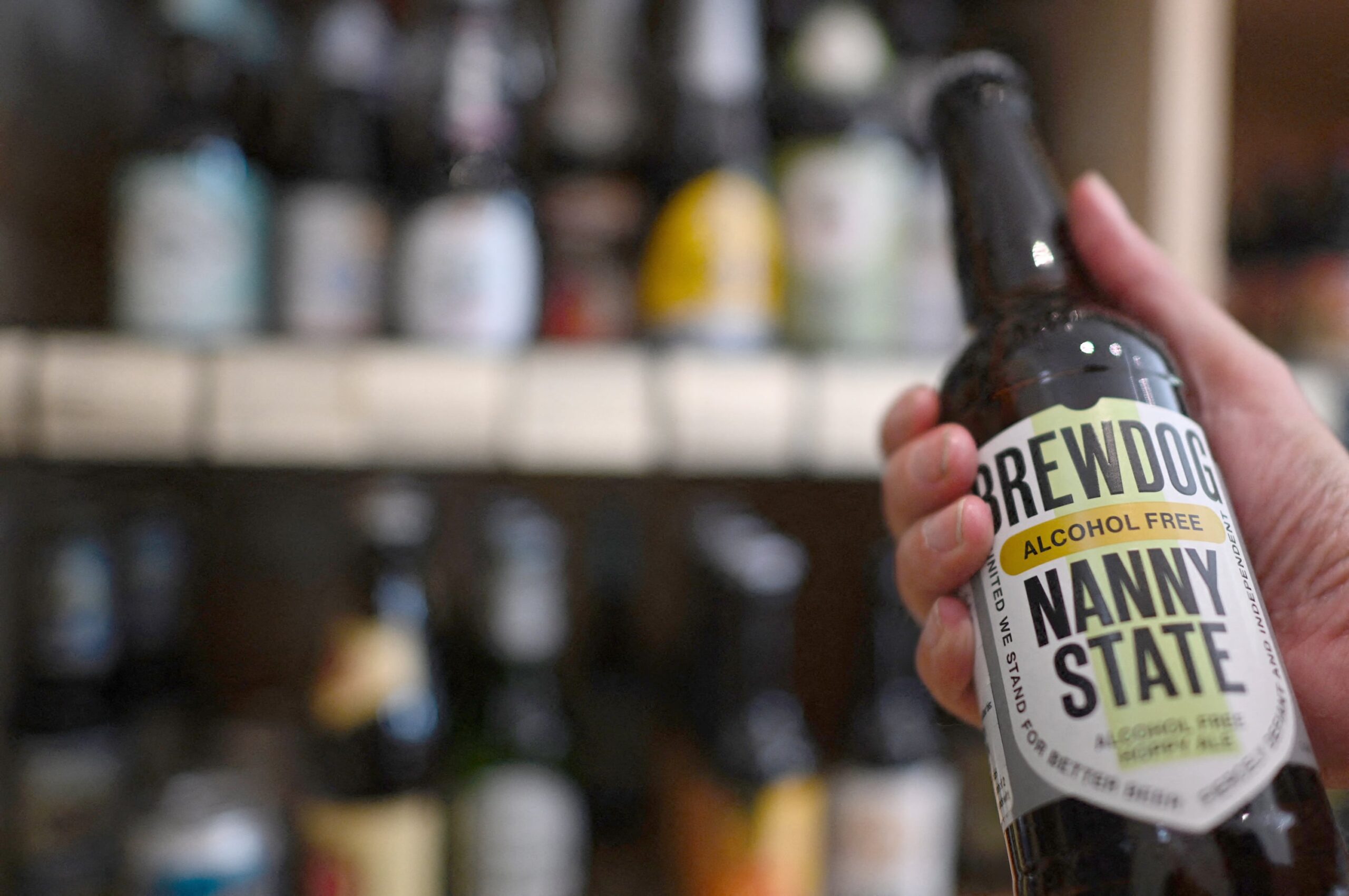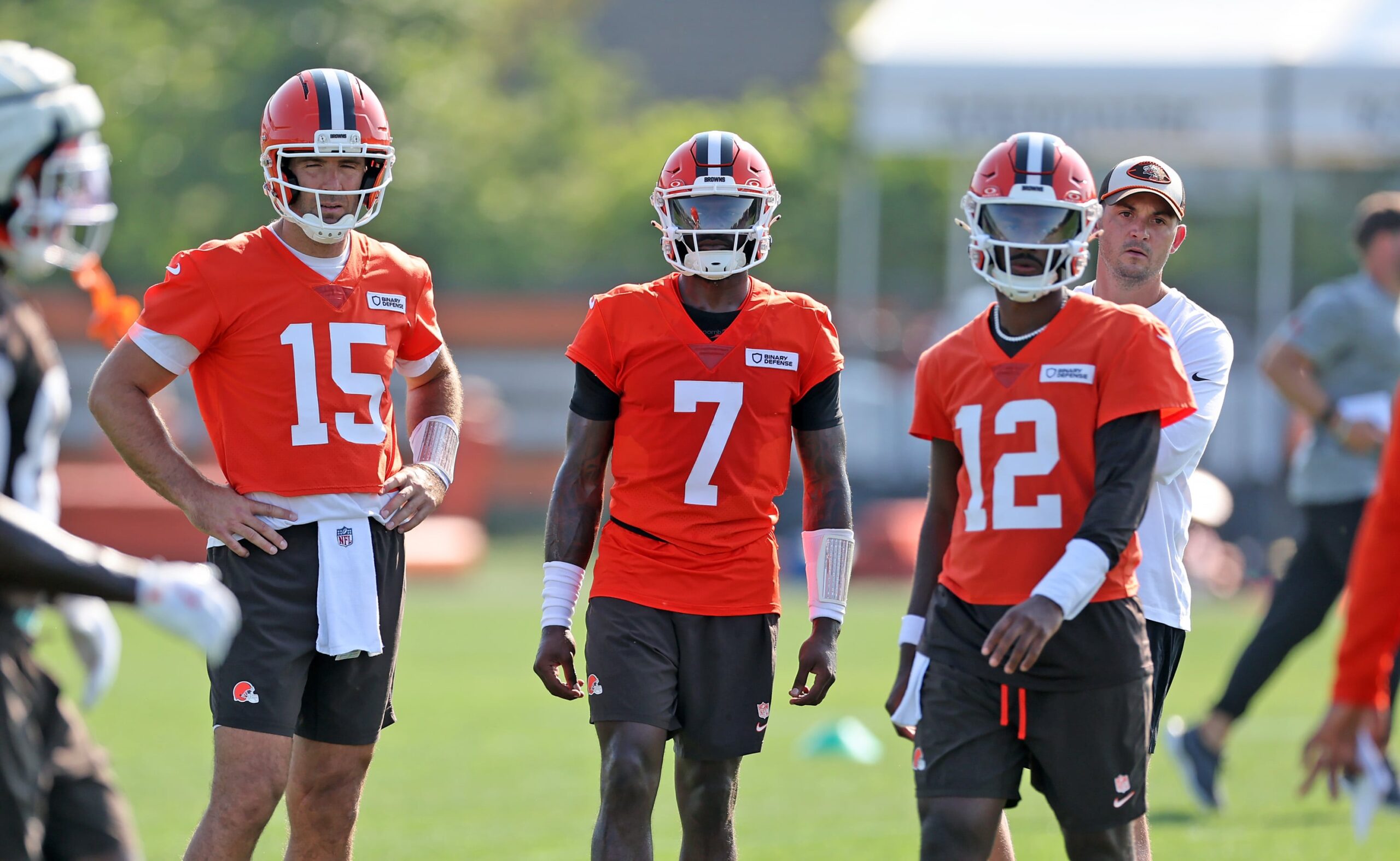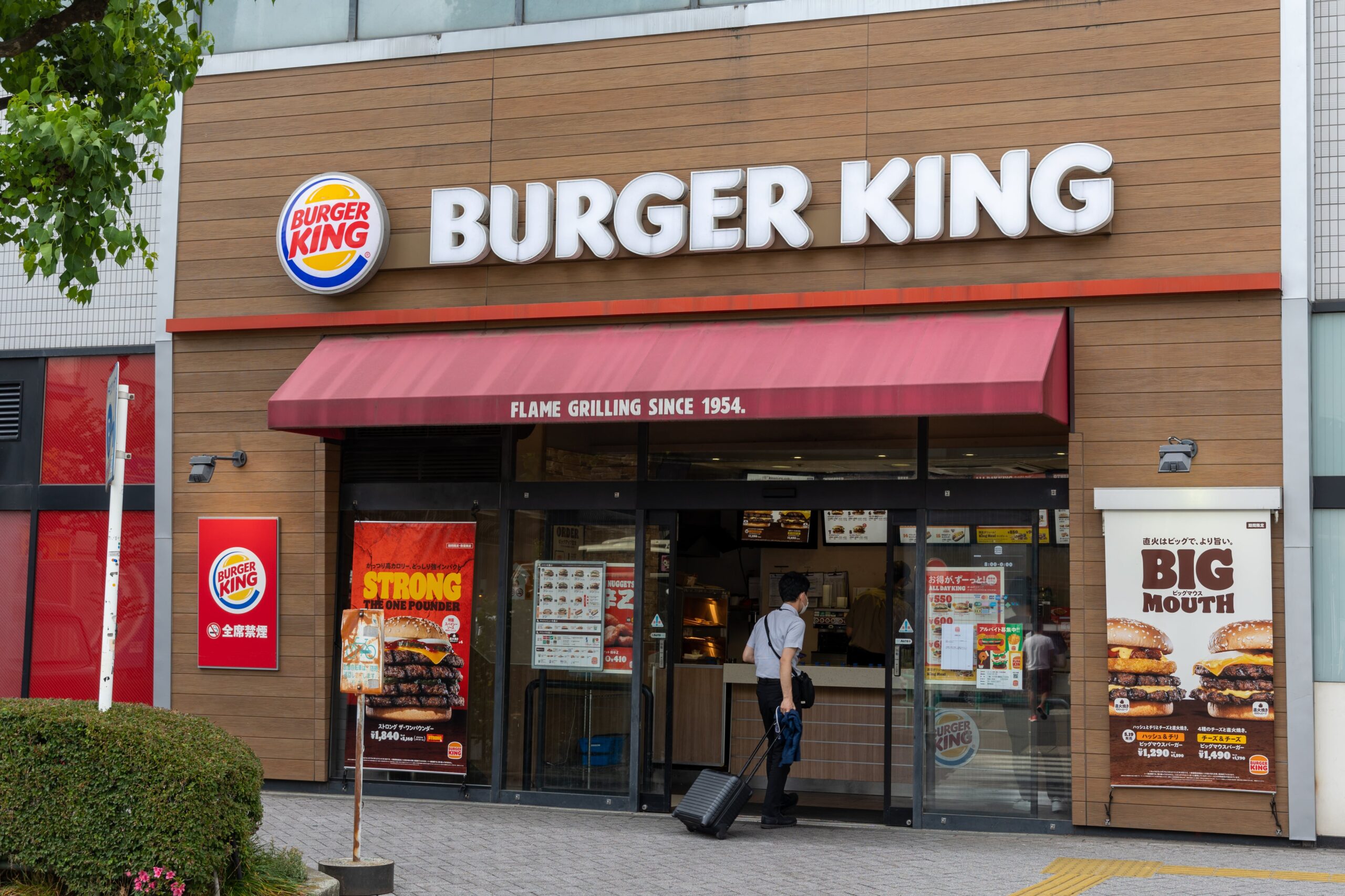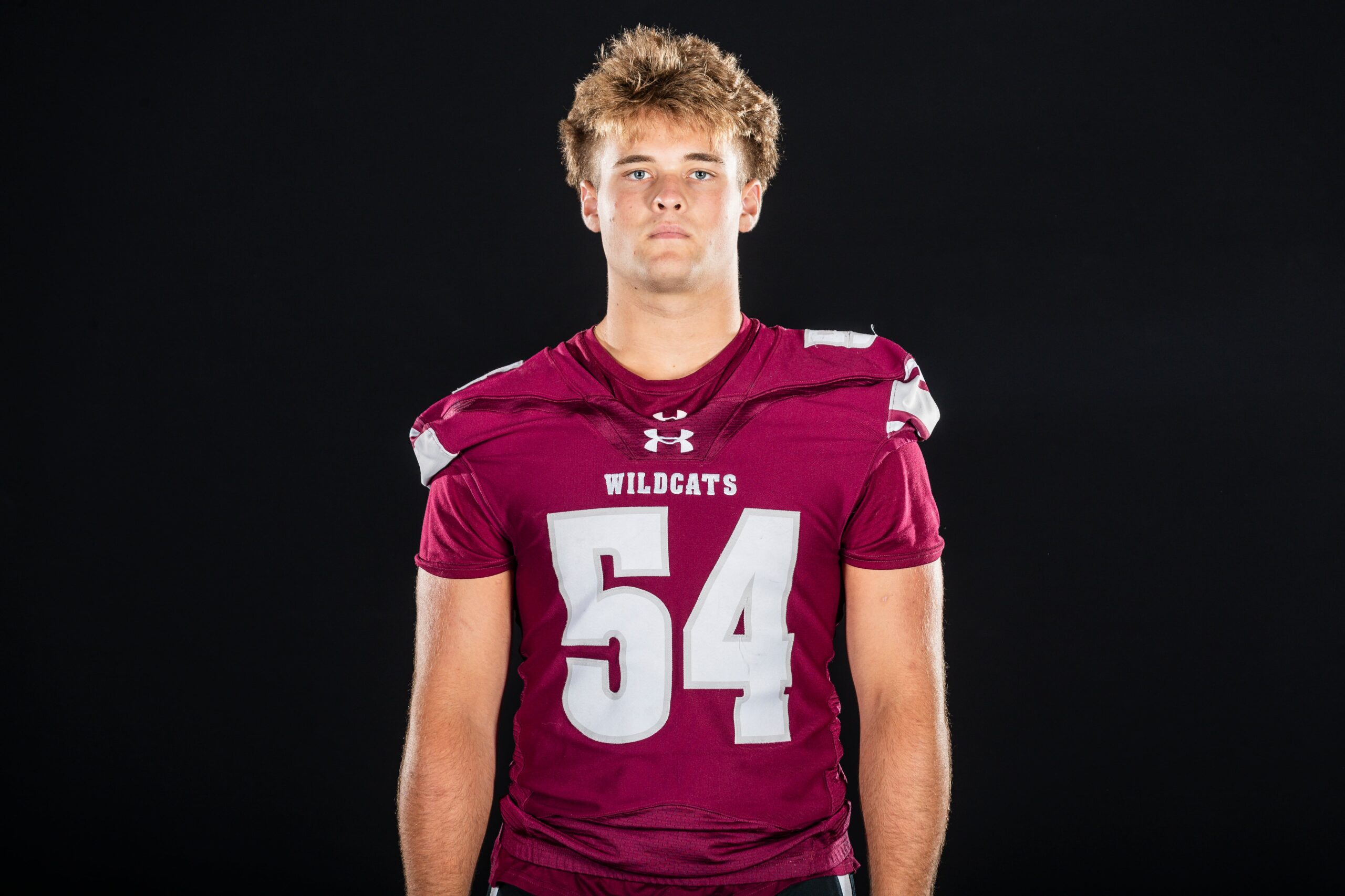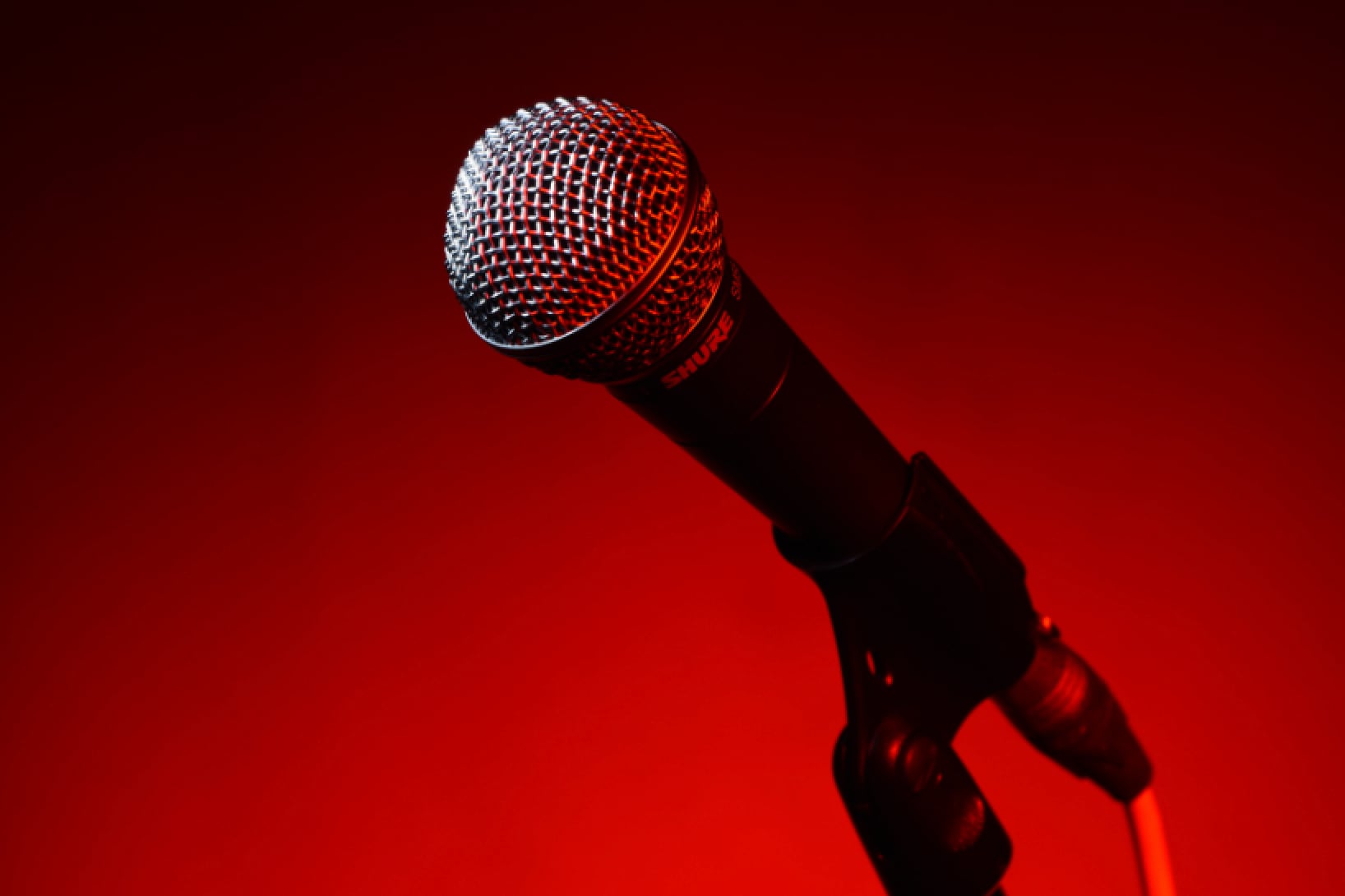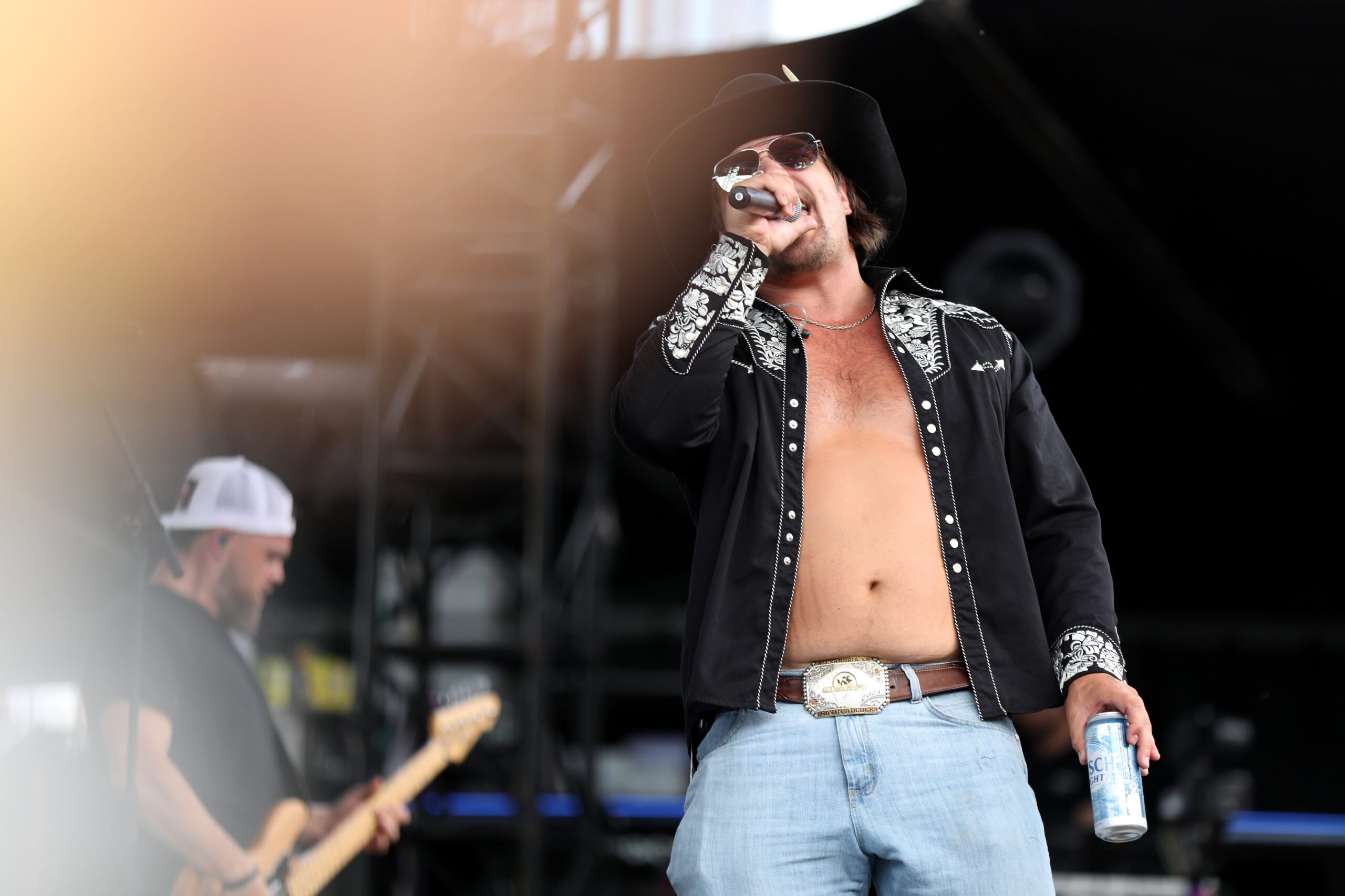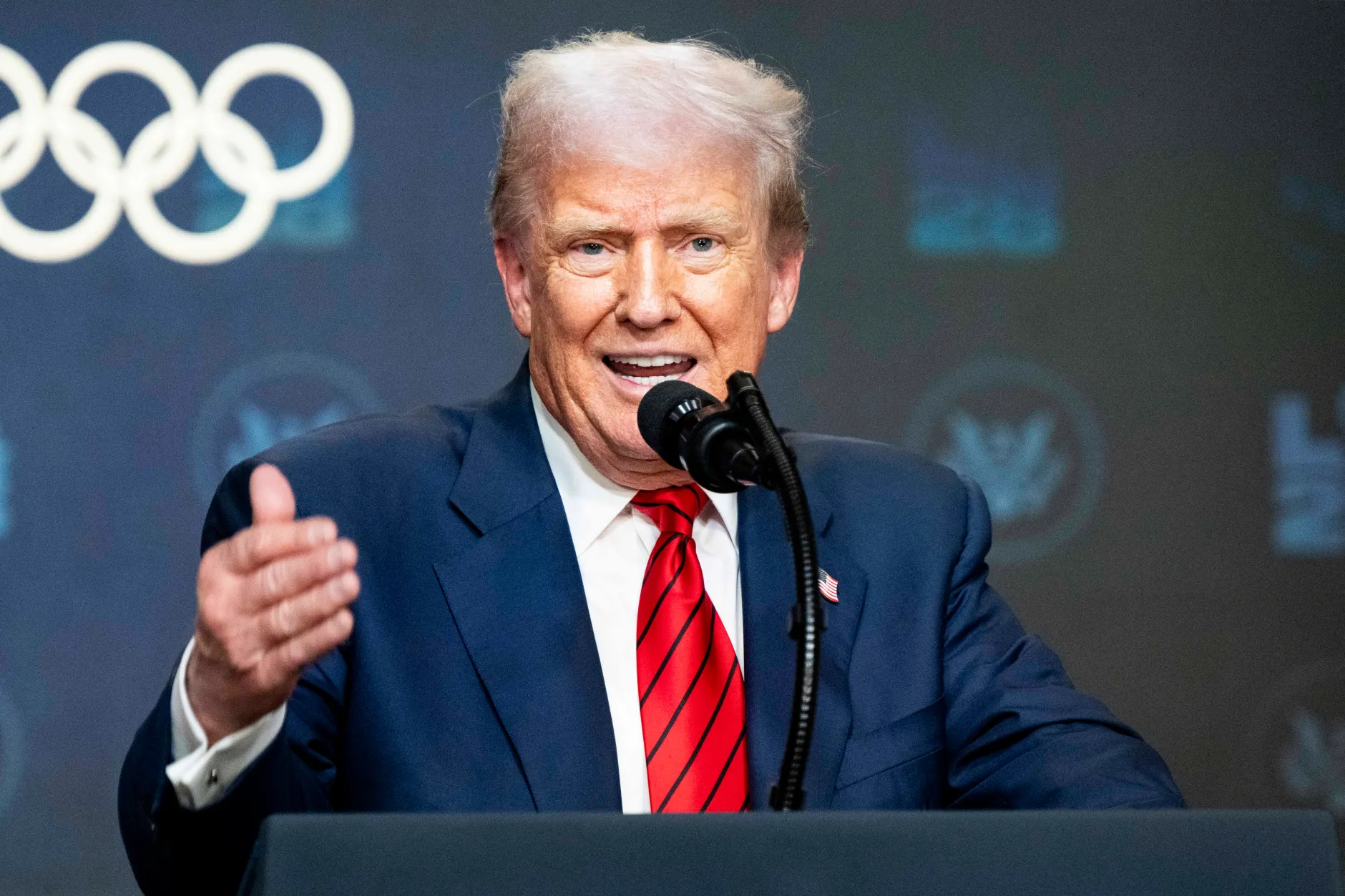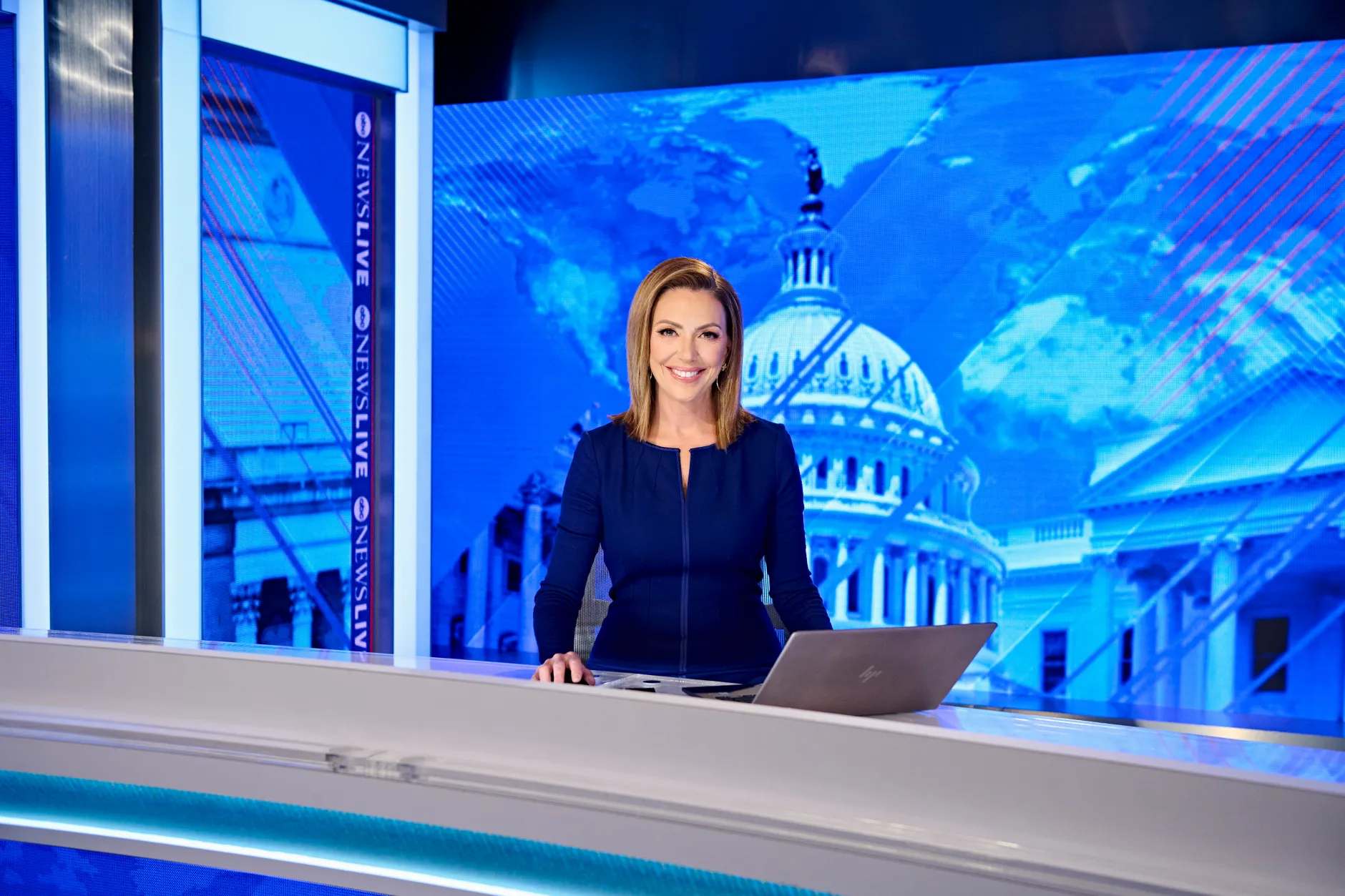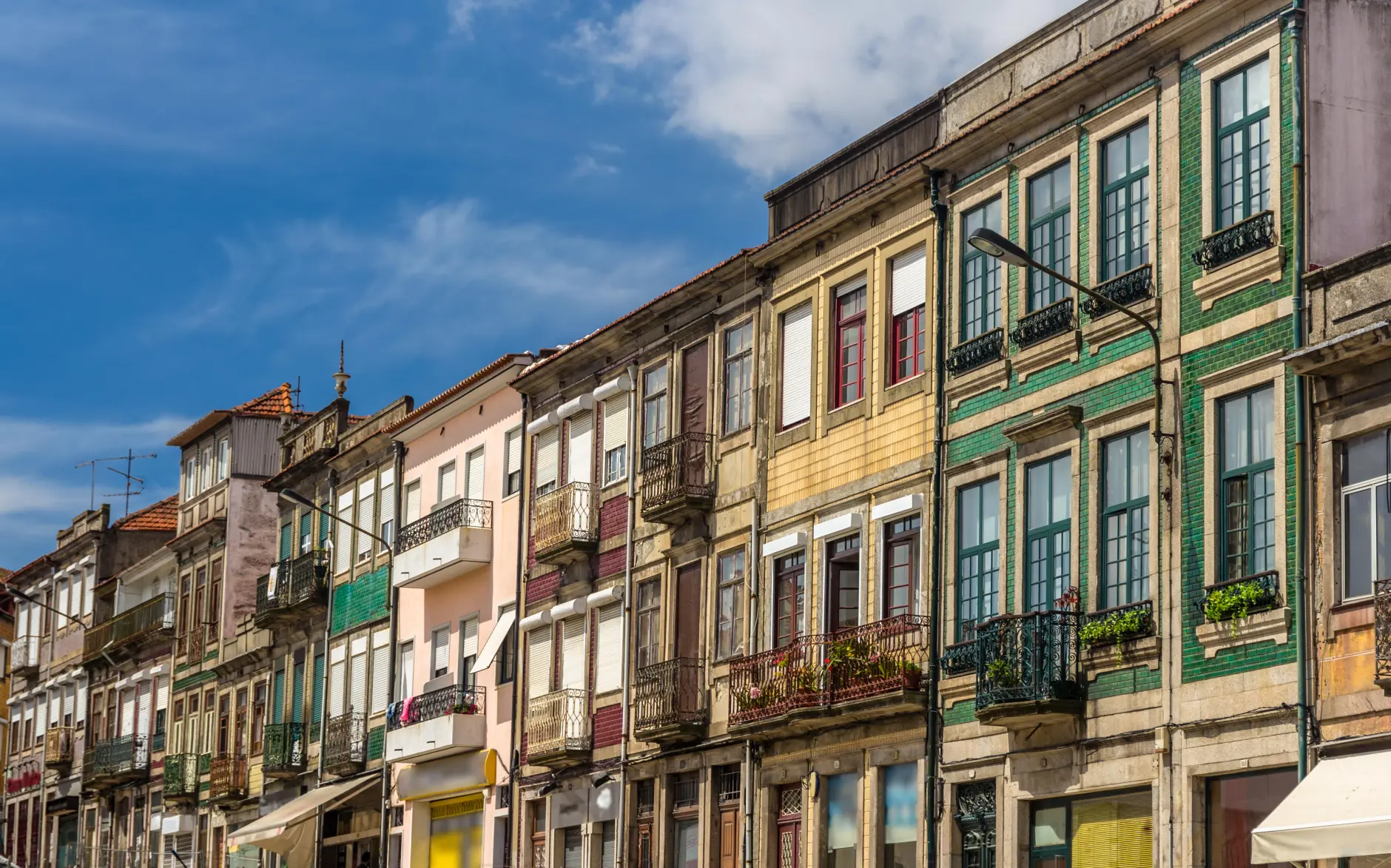By Micah Barkley and Fiona Rutherford, Bloomberg News (TNS)
Beer without alcohol requires a second act.
Due to financial infusions from companies like Anheuser-Busch InBev, Heineken NV, and Diageo Plc, the sector experienced a surge in recent years. However, even if such improvements made it one of the few bright spots in the brewing industry, IWSR reports that it still only accounts for 2% of the volume of the worldwide beer market.
Currently, growth rates are decreasing. Following two spikes in 2021 and late last decade, current gains have leveled down in the single digits. Through 2029, IWSR now forecasts yearly increases of roughly 8%. Its market share would only increase to slightly less than 3% as a result.
The push for nonalcoholic beer serves as a reminder of the industry’s dire circumstances. Craft beer reached its height. The surge of hard seltzer died. Younger individuals are spending less time out. Six packs are being replaced with legalized cannabis. Drugs for weight loss pose a risk. Over the last two years, beer consumption has decreased globally. In the meantime, the major breweries’ stockpiles have not yet recovered to their pre-pandemic levels.
According to Bloomberg Intelligence senior analyst Kenneth Shea, they are forced to get into alcohol-free situations. According to him, it’s one of the few growth levers that big breweries still have as they adjust to shifting consumer preferences.
With the five largest corporations holding over half of the global market, brewing has concentrated as much as possible. Nonalcoholic beer has emerged as the industry’s newest shiny object since investors are seeking organic growth. However, it is far from a cure-all at this time. Despite the rise in nonalcoholic beers, IWSR predicts that worldwide beer volumes will remain unchanged over the next five years.
Startups that specialized in nonalcoholic beer were responsible for the initial stage of its growth. With sweeter varieties like IPA, companies like Athletic Brewing Co. moved the sector toward craft brewing. They promoted active lifestyles, moderation, and wellness.
In an effort to attract more regular beer drinkers, breweries are also attempting to increase the attractiveness of nonalcoholic beer. The marketing industry has changed. Ads for nonalcoholic beer used to emphasize responsibility and cutting back on alcohol use. Max Verstappen, the star of Formula 1, appeared in a commercial for Heineken 0.0 that promoted designated driving.
Nonalcoholic beer is being marketed by marketers as a casual, anytime beverage. The more recent 0.0 Reasons Needed promotion from Heineken urges consumers to drink it whenever they want and without justification. The brewer’s effort to lessen the stigma associated with nonalcoholic beer includes the marketing. According to a survey Heineken referenced, almost 40% of Gen Z guys would only think about these possibilities if their peers did.
Guinness enlisted up NFL star Joe Montana to promote the brand and highlights how closely its nonalcoholic version resembles the original.
By positioning Michelob Ultra as a lower-calorie choice for sporty types, AB InBev, the largest brewer in the world, made it their best-selling beer in the United States. In September, it revealed a Michelob Ultra Zero without alcohol. As the narrator says, “Stay in the game,” young adults are seen in a commercial taking a break from beach volleyball to crack one open and then racing back to play.
According to researcher iSpot, Heineken 0.0, the first nonalcoholic beer to appear in a Super Bowl commercial in 2023, is currently among the top five beer or seltzer brands shown on US television. It is available in over 100 countries and experienced a 10% growth in the previous year.
More than in other markets, the US advertising budget has contributed to the growth of nonalcoholic beer. Over the next ten years, IWSR projects that the US nonalcoholic volume will increase by 16% annually.
Longtime beer drinker Mark Ruf has been won over. In an effort to reduce his alcohol intake while he is at home or with friends, the 31-year-old Columbus, Ohio resident has adopted a practice known as “zebra striping” in which he now drinks a nonalcoholic beer for every regular one. He became so engrossed in the sector that he launched a blog and a subscription service for nonalcoholic beer.
Ruf remarked, “I still hate to put an end to a good time.” To avoid regretting it the following day, I begin blending it with NA beer.
In the past, AB InBev-owned O Doul’s and other legacy brands dominated the nonalcoholic beer market. These brews frequently failed to gain popularity since boiling the beer to remove the alcohol masked its flavors.
To enhance flavor, brewers have been spending money on innovative methods. Scientists have been improving nonalcoholic brewing for almost ten years at AB InBev’s research facility in Belgium. To retain more of the original flavor and scent, the company now uses low-temperature techniques to remove the alcohol before adding back essential scents.
According to David De Schutter, AB InBev’s vice president of global innovation, it is both a science and an art.
Additionally, AB InBev has introduced alcohol-free versions of Corona, Stella Artois, and Budweiser. CEO Michel Doukeris informed investors in May that the company’s nonalcoholic portfolio was expanding by over 30%. During the Olympics in Paris last year, Corona Cero became the first beer to sponsor the event.
Since the product’s global premiere in 2021, Diageo has committed over 60 million euros, or over $70 million, in Guinness 0 production. According to the firm, Guinness 0 accounted for over half of the increase of the Guinness brand in the United States last year. Additionally, Guinness 0 and the brand’s classic beers have only a 2% customer overlap, indicating minimal cannibalization.
Laura Merritt, head of beer and pre-mix at Diageo North America, claims that because of all that attention, customers now want nonalcoholic beer to taste nice.
Regarding NA beer’s limited selection, Merritt remarked, “It’s not like ten years ago, where you just had to take what you got.” The same high requirements that apply to outstanding alcoholic beverages also apply to great nonalcoholic beverages.
However, achieving criteria does not guarantee that more people will switch to alcohol-free beer. There are numerous instances of foods and drinks that perform well at first since they are less harmful and offer moderation. The question is whether nonalcoholic beer will become a sustainable category like diet Coke or decline in the same way as plant-based meat.
Bloomberg, 2025 Visit Bloomberg.com, L.P.Tribune Content Agency, LLC is the distributor.
READ MORE
-
Harrisburg food company named one of top emerging brands in the nation
-
N.Y. bakery invites Ozzy fans to bite heads off bat-shaped cookies for charity
-
Group protests new PLCB warehousing fee, says it will raise wine and spirits prices
-
Whiskey saloon s ribs come slathered in bourbon barbecue glaze: Best Eats
